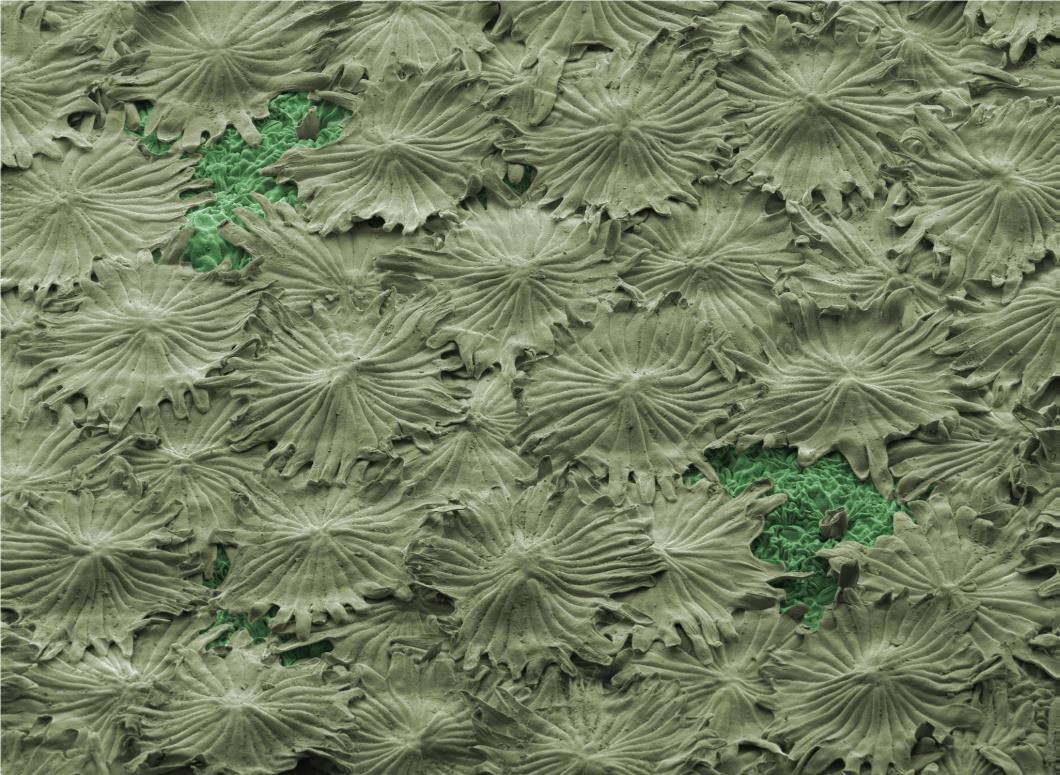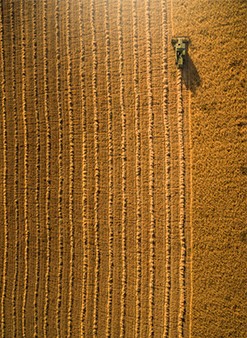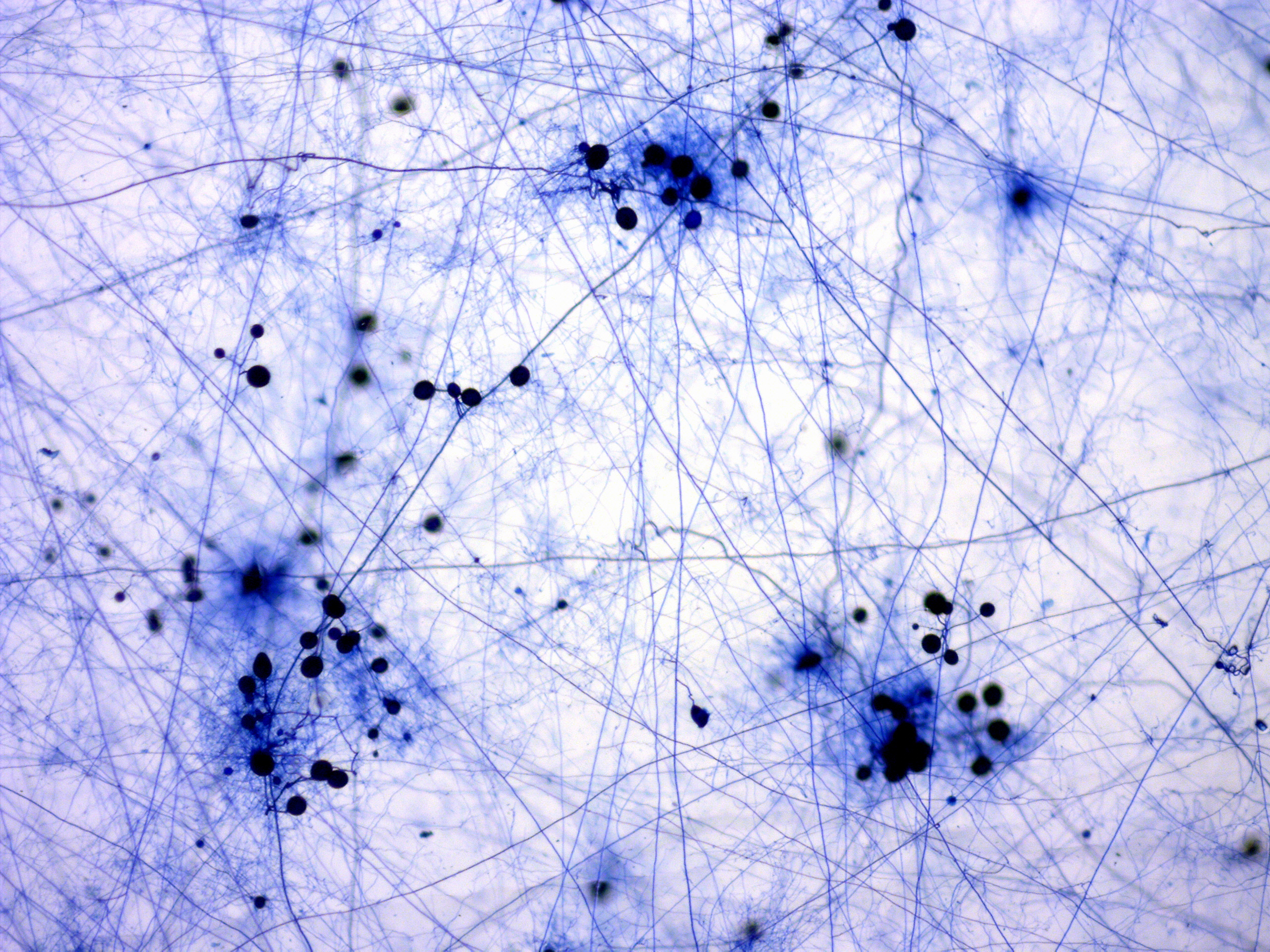PHOTOSCIENCE
FOTCIENCIA is an initiative organized by the Fundación Española para la Ciencia y la Tecnología (FECYT) and the Spanish National Research Council (CSIC), in collaboration with the Jesus Serra Foundation of Grupo Catalana Occidente, whose objective is to bring science and technology closer to society through scientific photography with the publication of a catalog and the production of a traveling exhibition of scientific photographs that visits around twenty locations throughout Spain. It is also the objective of this initiative to promote among the scientific community the importance of disseminating their work to society as a whole.
The IAS began organizing a photo contest on Sustainable Agriculture in 2011. As of 2013, this award was integrated into the most prestigious scientific photography contest in Spain, FOTCIENCIA, incorporating for the first time in FOTCIENCIA11 a specific award in the “Sustainable Agriculture” modality. The Institute of Sustainable Agriculture (IAS) and the Institute of Agrochemistry and Food Technology (IATA) are the only two CSIC centers that collaborate with two of the specific modalities of the competition.
Here is the title
Your content goes here. Edit or remove this text inline or in the module Content settings. You can also style every aspect of this content in the module Design settings and even apply custom CSS to this text in the module Advanced settings.
PHOTOSCIENCE 18
 The forest of parasols
The forest of parasols
Author: Enrique Rodríguez Cañas
Co-authorship: Victoria Fernández Fernández
The underside of the olive leaf is covered by a dense set of parasols that are actually multicellular hairs. Like the umbrellas we use at the beach, these structures protect the leaf surface from solar radiation. It is possible that they also limit water loss when the stomata open, which are micrometric pores that can be seen on the surface when some of the hairs fall off and a bald spot is left, as shown in the green image. This leaf belongs to an olive tree (Olea europaea) Arbequina variety. The olive tree is a tree species well adapted to the Mediterranean climate and resistant to water scarcity. The leaves of this species show traits of adaptation to the demanding conditions that occur during the summer season, such as the presence of these protective hairs.
Photographic equipment: Scanning electron microscope Sigma 300 VP Zeiss, magnification 165x, image width: 692.4 μm
The forest of parasols Author: Enrique Rodríguez Cañas Co-author: Victoria Fernández Fernández The underside of the olive leaf is covered by a dense set of parasols that are actually multicellular hairs. Like the umbrellas we use at the beach, these structures protect the leaf surface from solar radiation. It is possible that they also limit water loss when the stomata open, which are micrometric pores that can be seen on the surface when some of the hairs fall off and a bald spot is left, as shown in the green image. This leaf belongs to an olive tree (Olea europaea) Arbequina variety. The olive tree is a tree species well adapted to the Mediterranean climate and resistant to water scarcity. The leaves of this species show traits of adaptation to the demanding conditions that occur during the summer season, such as the presence of these protective hairs. Photographic equipment: Scanning electron microscope Sigma 300 VP Zeiss, magnification 165x, image width: 692.4 μm
PHOTOSCIENCE 17

Sustainable Geometries
Author: Francisco Javier Domínguez García
In the middle of the harvesting period, this malting barley field offers from the air a spectacle of beautiful geometries. As it is an extensive crop, it is more sustainable than intensive crops, since within its typology it is one of those that require fewer resources (thus reducing the use of fertilizers, phytosanitary products, fuels, etc.). It has a long growing cycle, which protects the soil from erosion during rainy periods; in addition, unlike wheat, barley is not very demanding since it is grown in shallow or poorly fertile soils. Therefore, it withstands drought better and can be planted in areas with low water supply. All these characteristics require minimum tillage, which means low energy consumption, in addition to being a very competitive crop with weeds. Finally, and among so many interesting characteristics of this type of crop, it is worth mentioning the low cost of the seed and its self-pollinated reproduction, which facilitates its production.
DJI Phantom 3 Advanced and Sony 20mm FOV 94° f2 lens.
PHOTOSCIENCE 16
 Social networks in the forest
Social networks in the forest
Author: Pablo Ibort Pereda
Hyphal and spore network of arbuscular mycorrhizal fungi. 90% of terrestrial plants establish a symbiotic relationship with beneficial soil fungi through their roots. These associations between plant and fungus are called mycorrhizas. Plants provide fixed carbon through photosynthate to fungi, while fungi provide water and mineral nutrients to the plant. In addition, through the network of hyphae hidden in the soil that extend far beyond their roots, plants are able to communicate and exchange signals and nutrients to act collectively to help sick individuals, alert other plants to nearby dangers and thus collaboratively overcome threats. Therefore, we can say that plants are connected to their own social networks.
Photographic equipment: Magnifying glass

